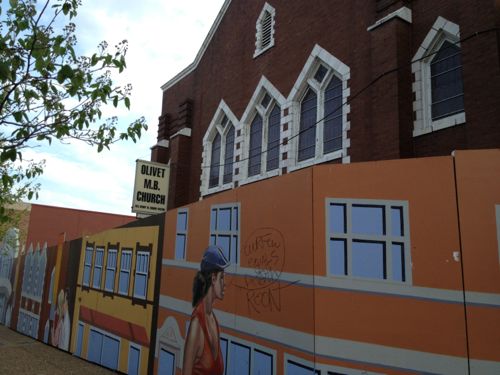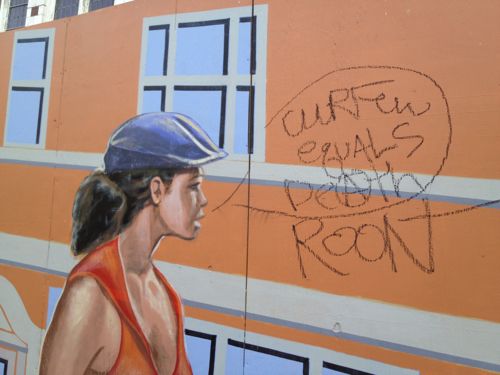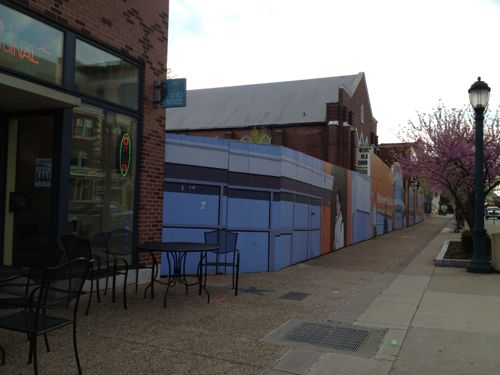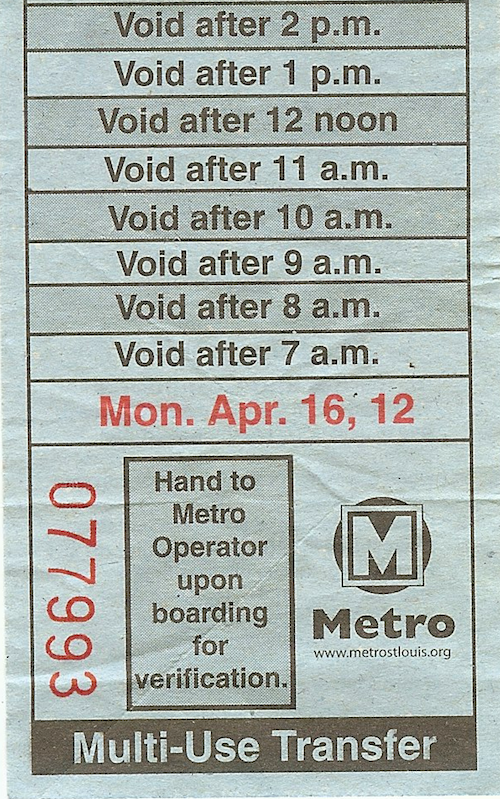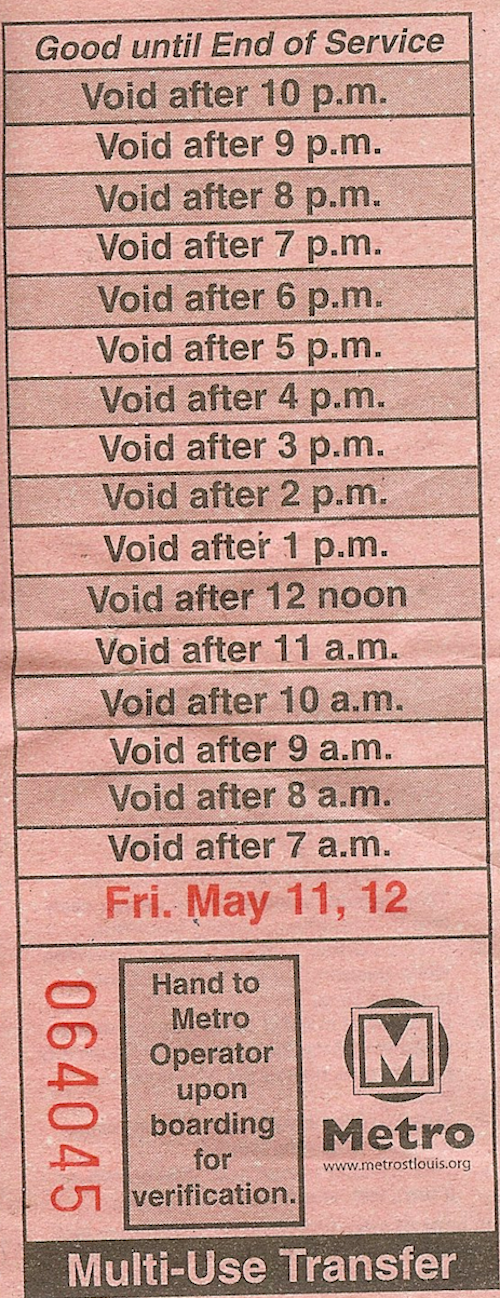Every City Needs An Old Fashioned Soda Fountain
Crown Candy Kitchen in St. Louis has been a favorite place of mine since my first visit in the Fall of 1990. Every city should have a family-run soda fountain and perhaps every city does.
A few days ago I retuned from a trip that included a day in Dallas, a couple of hours in Ft. Worth and five nights in my hometown of Oklahoma City. I was 23 when I moved to St. Louis but at no point did I ever make it to Kaiser’s. That changed Tuesday.
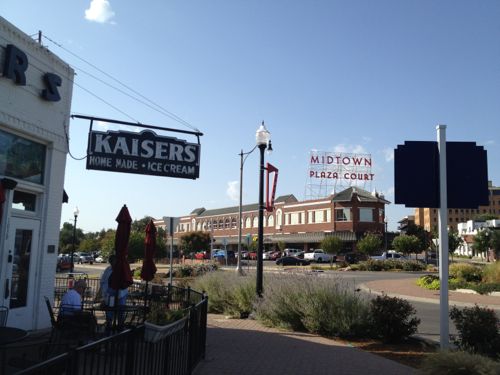
Like Crown Candy, Kaiser’s has a history starting with an immigrant:
In 1910, Swiss born Anthony “Tony” Kaiser opened Kaiser’s Ice Cream Parlor on NW 7th and Robinson. In 1918 he moved his operation to this very spot. Through hard work, imagination, and commitment to his guests Tony shaped Oklahoma City and manifested the American dream. While the Kaiser’s building and concepts therein have evolved over the years, the philosophy Mr. Kaiser predicated over 100 years ago remains the same: feed people and make them happy. (Kaiser’s)
Oklahoma didn’t become a state until 1907 but Kaiser’s is three years older than Crown Candy (or 5 years younger at this location). Not sure why I find that fascinating,
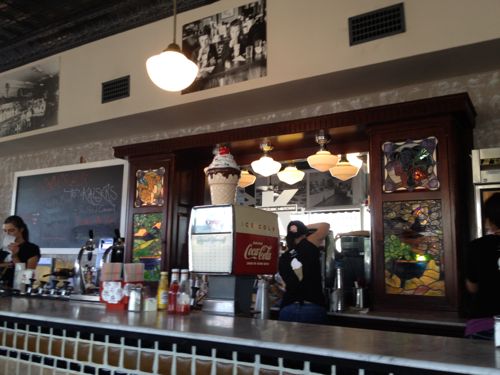
As a kid this area was one of those nobody would visit, it was rundown to say the least. Today a roundabout solves a decade-old traffic problem and popular restaurants abound in the area. The Plaza Court building was built in 1926 and it includes structured parking at the back of the building, a new thing for the 1920s. It was largely vacant and derelict most of the time I lived in Oklahoma City.
The lesson here is for St. Louis natives, St. Louis has had rough times, some self-inflicted, but things are improving even if you refuse to open your eyes and see them. During my visit to Oklahoma City I found myself in areas I’d have felt uncomfortable driving through 25+ years ago and now I was in them as a pedestrian after dark.
I don’t want to move back — St. Louis is home, but I’m glad to see Oklahoma City doing things to force me to drop my notions about how I thought Oklahoma City will always be.
— Steve Patterson



